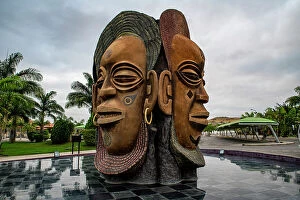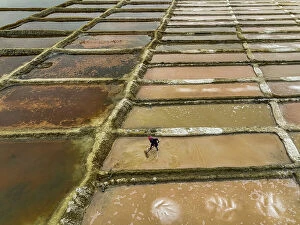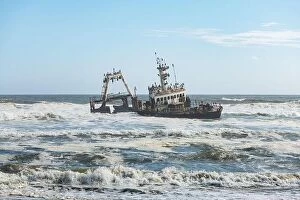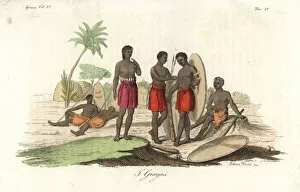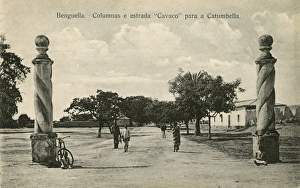Benguela Collection
"Benguela: A Haunting Shipwreck on the Skeleton Coast of Namibia" In the vast expanse of the Atlantic Ocean, lies a haunting reminder of maritime history - Benguela
All Professionally Made to Order for Quick Shipping
"Benguela: A Haunting Shipwreck on the Skeleton Coast of Namibia" In the vast expanse of the Atlantic Ocean, lies a haunting reminder of maritime history - Benguela, a shipwreck that rests on the desolate shores of Skeleton Coast near Swakopmund in Namibia, Africa. This captivating landscape has become an intriguing subject for photographers seeking to capture its eerie beauty. The wreckage stands as a testament to the unpredictable forces of nature and treacherous waters that have claimed many vessels throughout time. Its skeletal remains evoke a sense of mystery and melancholy, reminding us of the fragility and impermanence of human endeavors. As we delve into history, we uncover tales from The Central African Expedition led by Lieutenant Verney Lovett Cameron. Engraved images depict their courageous journey through uncharted territories, including encounters with nomadic Giagas or Gallas - fierce warriors who left an indelible mark on this land. Amidst these historical narratives emerge glimpses of vibrant wildlife. The golden-backed bishop bird (Euplectes aureus) flits among remnants, adding splashes of color against the backdrop of rusted metal and weathered wood. Nature's resilience shines through even in such desolation. It also serves as a poignant reminder of Angola's rich cultural heritage. In 1848, natives from Benguela and Angola were captured in striking photographs that immortalized their unique traditions and way-of-life during colonial times. Further south along Catumbella lies Portuguese Columns - architectural remnants symbolizing Portugal's influence over this region during colonization. These structures stand tall amidst changing tides; silent witnesses to centuries-old stories etched upon these shores. Benguela encapsulates both tragedy and beauty within its decaying frame – a visual paradox that captivates all who encounter it. It beckons us to reflect on our own transience while marveling at nature's ability to reclaim what was once lost.


